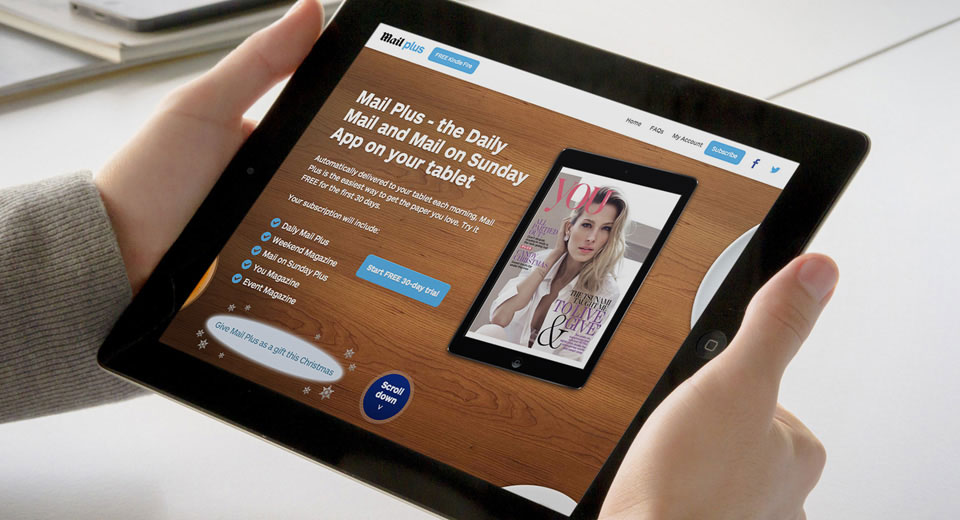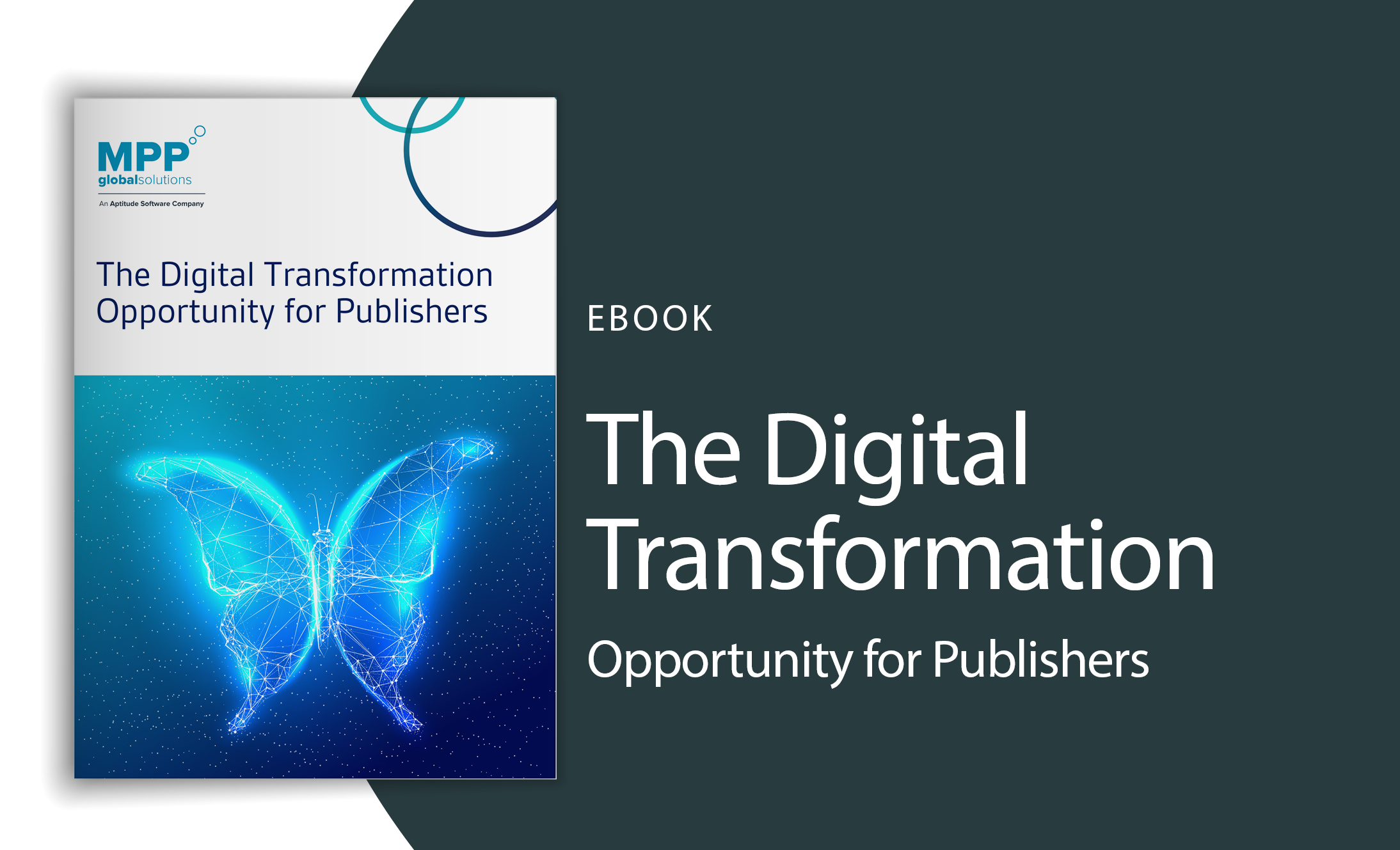How to Use Consumer Data to Generate Advanced User Profiles

The consumption of video content is rapidly changing with the emergence of new technologies, streaming services and the continued growth of mobile devices, leading content owners to adapt quickly and capitalize on the opportunity.
As video content consumption habits change, TV operators and broadcasters are looking at how they can better understand and engage with their consumers. The advancements in technology and the growth of analytical customer data tools offer more insight into the customer profile and behavior – which now plays a significant role in business decisions.
Customer data is key, and centralizing data from multiple sources offers companies the opportunity to create advanced, rich user profiles which can be used to launch new attractive services and offer relevant business models for target audiences.
What are the Best Practices for User Profiling?
Quite often, broadcasters have large sets of consumer data, from a range of silos, which gives them lots of data and little insight into the customer without using clever tools to interrogate the data. In order to use this data efficiently and to learn about the consumer, their habits, tastes and preferences; centralizing consumer data from multiple platforms, into a single platform provides a 360° customer view. Ultimately, operators should try and collect consumer information from each of the sources featured below.
How can you Access the Consumer Data Available?
Across any media organization, operators will be collecting data from multiple sources, such as social data, subscription data, CRM data, payment data, geo-location and possibly even web analytics. Further still, it is possible to track anonymous traffic using advanced metering tools and services entering the marketplace. All of this information offers service providers a whole host of data at their fingertips.
Video Metering
Metered paywalls have already become popular within the publishing industry but we are now seeing the emergence of video metering, which offers operators a chance to create a digital fingerprint of unregistered users who are accessing your websites, digital services and video content. With a meter, you can understand what digital content your consumers are viewing, the devices they use, how frequently they visit the site, the time of viewing and which browser is most popular. If you have a survey wall in place, you can also tailor questions to collect additional data you need, or a registration wall to improve a consumer profile.
All of this information contributes to developing a comprehensive user profile to further understand viewing habits and offer personalized products, bundles and packages relevant to specific consumer tastes.
CRM and Payment Data
Once a consumer has registered as a digital subscriber, their information should be stored in a centralized cloud CRM solution. As a customer, you can store their information in one place and interrogate it to drive business decisions. These can include, loyalty, product take-up, payment models such as digital subscriptions or pay-per-view, popular devices, and much more.
Social Data
Supporting social login and social sign on reduces barriers for consumers who favor this form of authentication. In-turn, it provides us with a unique insight into their personal life. The information available through social sign on offers deep insights into their hobbies, interests, favorite movies and TV shows and what they actively interact with. This information, when used correctly, helps service providers to offer recommendations, acquire content of interest and significantly improves the customer profile.
Operators can also use social data to identify corporate sponsorships or partnerships too, for example, if 60% of their viewers on Facebook like Spotify, then there is potentially an opportunity to partner with Spotify and offer Spotify as a value-added bolt-on to help sell existing services.
How can you Utilize Consumer Data to Drive Customer Experiences?
With all of this data at our fingertips, we need to use the tools available to manage data in smarter ways. Getting the data to work for us, not against us. This will help us to create richer user profiles, profiles that will play a key role in business decisions.
Segmenting data enables us to understand and digest information more effectively and use it across the business in more efficient ways. Deeper insight from user profiles can help create more intelligent and targeted marketing campaigns that reach out to groups and segments of consumers. We can segment data based on payment method, products purchased, geography, gender, content tastes, age and so on. This can help us to upsell and cross sell additional services of interest and to offer an improved customer experience. For example, if 30% of customers are males under the age of 34 and access sports content regularly, we know it would make good business sense to wrap up a sports package and market this directly to that sub-set of consumers.
Centralized Customer View
A 360° centralized customer view can be achieved, providing marketing teams with the information they need to tailor and create services you know will entice your customers. With personalized experiences, your customers will feel like they have a tailored service which can help to build customer loyalty and reduce churn for the business. These practices will increase customer retention, incentivize new customers and can help win-back lost customers.
Get in touch with our industry experts to find out how you can use centralized customer profiles to improve Pay TV and OTT experiences.
 us
us 








